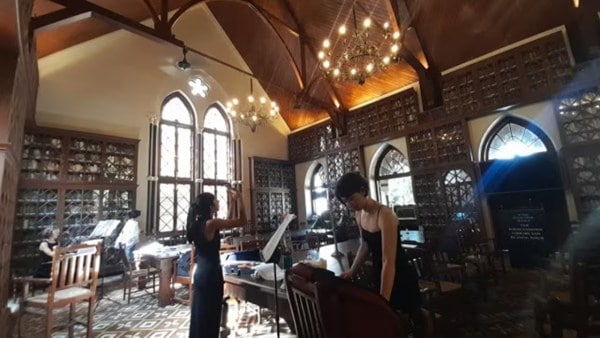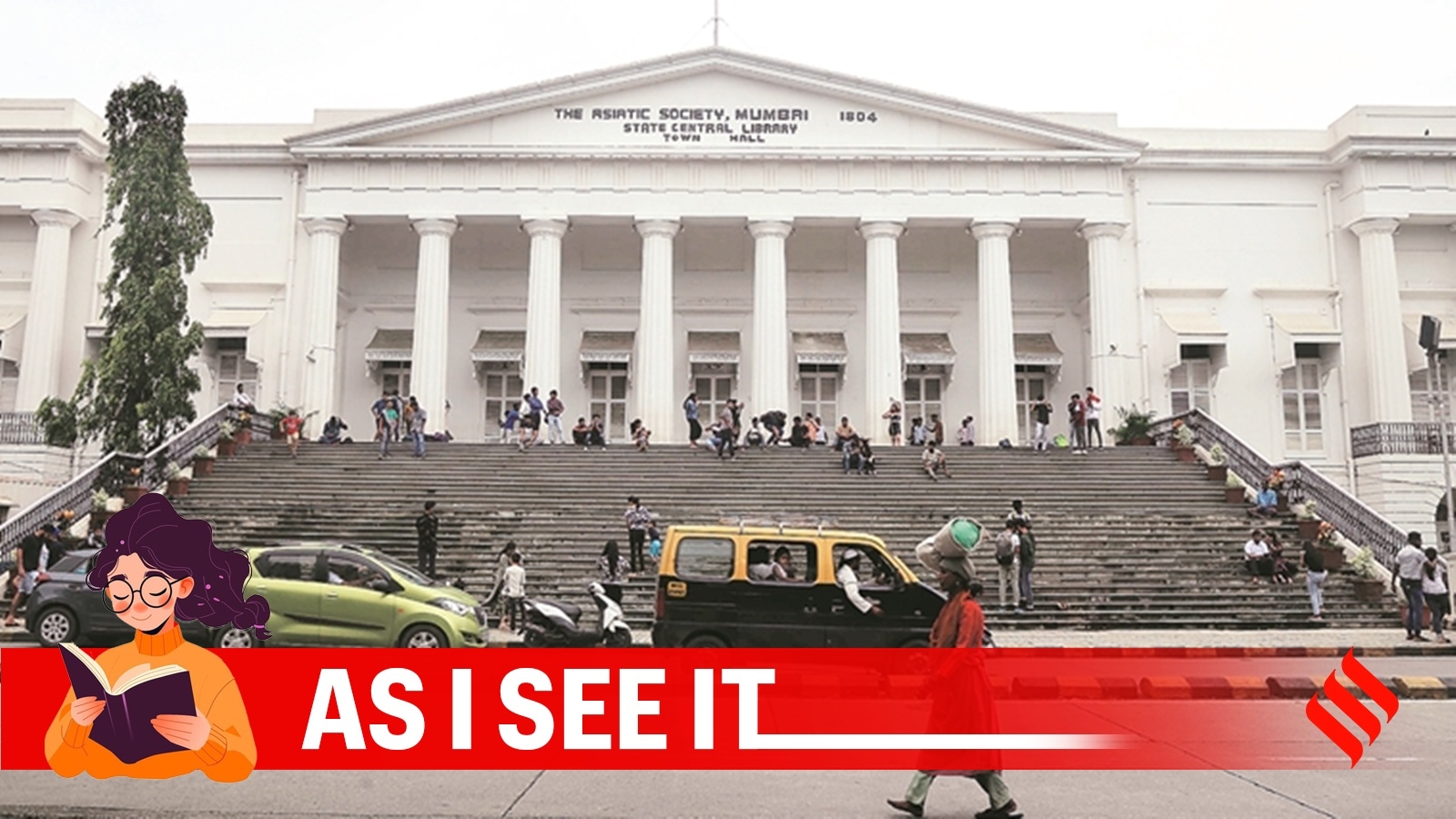When I first climbed the steps of Mumbai’s Asiatic Library as a child, I felt small against its impossibly tall white columns. I was brimming with expectancy as I stepped inside this monolith.
But as the doors closed behind me, the promise of grandeur dissolved into silence. The hall was dim, the air smelled of dust, and the echo of my footsteps felt louder than it should have. The reading room stretched wide but carried no warmth. The books on the shelves looked sealed in time, spines stiff with disuse. The few people scattered across the hall seemed detached from the shelves around them. What I had imagined as a world alive with thought felt strangely still.
As a teenager who grew up with books stacked in every corner of my room, I could not stop asking myself: how did we get here? Why does Mumbai, a city that prides itself on being restless and ambitious, let its libraries wither?
Story continues below this ad
The literary pulse weakens
Our city has always carried a literary pulse, one that ran through the work of writers such as Nissim Ezekiel and Eunice de Souza, who reshaped language and gave it new textures. Publishing houses and small presses once poured out words that stirred political imagination and pushed conversations forward.
 The David Sassoon Library was a place where evenings stretched late, filled with debate and discovery. (Express Photo)
The David Sassoon Library was a place where evenings stretched late, filled with debate and discovery. (Express Photo)
The David Sassoon Library was a place where evenings stretched late, filled with debate and discovery. The Asiatic once drew scholars and readers eager to lose themselves in its archives. That history is still present, visible in the columns and shelves. But the vitality that once animated these spaces feels distant now, as if the buildings remain intact while the spirit inside them has thinned.
Abroad, the contrast is hard to miss. In other cities, libraries breathe differently. Children sprawl across carpets with picture books, teenagers lean over group projects, and older people leaf through newspapers or attend small talks. The rooms hum with energy, like civic squares disguised as reading halls.
Here in Mumbai, the silence feels less like learning and more like absence. What confuses me most is that Mumbai continues to be full of readers. Bookstores draw crowds, literature festivals are busy, young people swap book lists online. Still, our libraries stay empty. In their absence, we gather in Starbucks to scroll, talk, and drink coffee — spaces built for consumption, not discovery. There are no forgotten shelves to stumble upon, no silence deep enough to make one think. The trade feels obvious: a city more comfortable with convenience than curiosity.
Story continues below this ad
More than ornamental relics
The harsh reality is that the condition of Mumbai’s libraries has deteriorated beyond neglect. The question is whether the city has the will to treat this as urgent, to see libraries not as ornamental relics but as essential infrastructure.
We have no shortage of ambition when it comes to pouring concrete into flyovers or extending the reach of airports and metros. But when it comes to intellectual architecture, we falter. What good is a city that accelerates its speed but abandons its memory?
If we can imagine bigger highways, we should also be able to imagine reading rooms that hum with curiosity, archives that feel accessible rather than entombed, and public spaces that keep thought alive. Mumbai has always sold itself as a city of ambition. That ambition should include its readers. If we allow our libraries to die quietly, we are stripping away the imagination that makes this the city of dreams.
(The writer is a 17-year-old student at the American School of Bombay)

